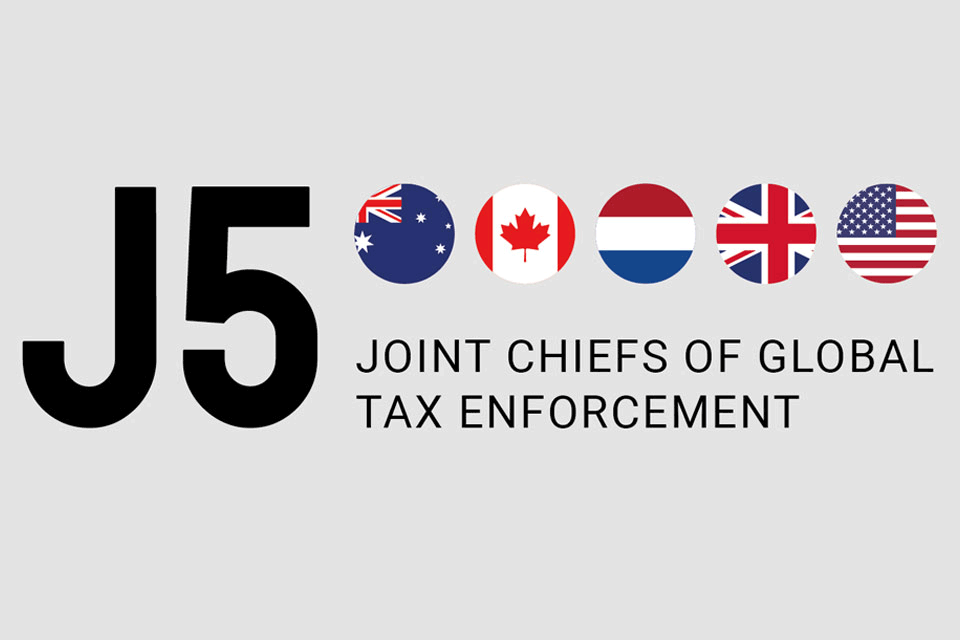On 16 August 2018 a US federal appeals court vacated and remanded a 2016 decision by the Tax Court in the case of Medtronic v. Commissioner. The Court of Appeals ruled that in its original decision in favour of Medtronic the Tax Court did not sufficiently justify its conclusion that the comparable uncontrolled transaction (CUT) method was the best transfer pricing method in the circumstances for determining arm’s length royalty rates for intangible assets under an intercompany license agreement.
The dispute concerned an intercompany license agreement between Medtronic and its Puerto Rican manufacturing subsidiary in relation to the use by the subsidiary of intangibles for manufacturing medical devices. Medtronic produced a transfer pricing analysis using the comparable uncontrolled transaction (CUT) method. The IRS took the view that the Puerto Rican subsidiary was a contract manufacturer and treated the residual income as arising to the US parent company. The IRS determined that Medtronic should have used the comparable profits method (CPM) to calculate arm’s length royalty rates under the agreement rather than the CUT method applied by the taxpayer, resulting in a higher tax bill for the US parent.
The Tax Court had ruled in favor of Medtronic, finding that the routine manufacturing profit assigned to the subsidiary by the IRS was not adequate in view of the important functions and risks undertaken under its license agreement including quality control. The Tax Court therefore accepted the taxpayer’s CUT analysis subject to some adjustments to increase the royalty rate. Arm’s length royalty rates used in applying the CUT method were derived from an analysis of a third-party license agreement between Medtronic and Pacesetter that was part of a patent infringement litigation settlement.
The IRS then appealed the Tax Court’s decision, challenging its conclusions, and the Court of Appeals has now ruled in favour of the IRS, vacating and remanding the Tax Court decision.
According to the Court of Appeals the Tax Court did not provide information on whether the circumstances of the agreement between Pacesetter and Medtronic were comparable to the intercompany arrangement with the Puerto Rican subsidiary. The original decision did not look at the degree of comparability of contractual terms or implications of differences in the scope of the intangibles involved. The impact of differing contractual terms such as a cross license and lump sum payment terms in the agreement with Pacesetter were not addressed in the original case.
Also the Tax Court did not arrive at sufficiently specific findings on the risk and product liability expense to be allocated between the two companies. This was important because the IRS’s use of the CPM was rejected by the Tax Court on the grounds that the comparable companies selected did not bear risk similar to that incurred by the Puerto Rican subsidiary.
The Tax Court therefore did not have sufficient evidence to show that the CUT method was the best method to determine transfer pricing royalty rates in this case. The Court of Appeals has therefore vacated the decision and remanded the case to the Tax Court with instructions to reconsider the case taking into account the opinion of the Appeal Court.















